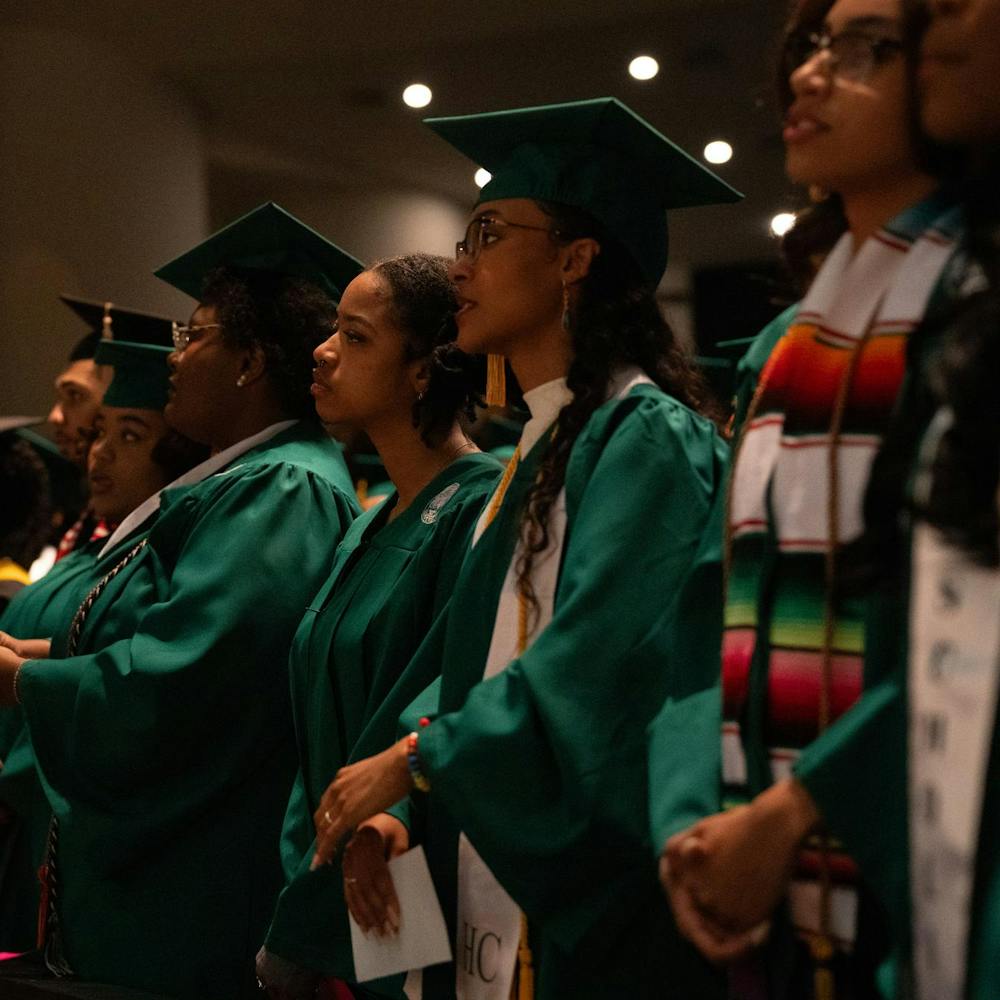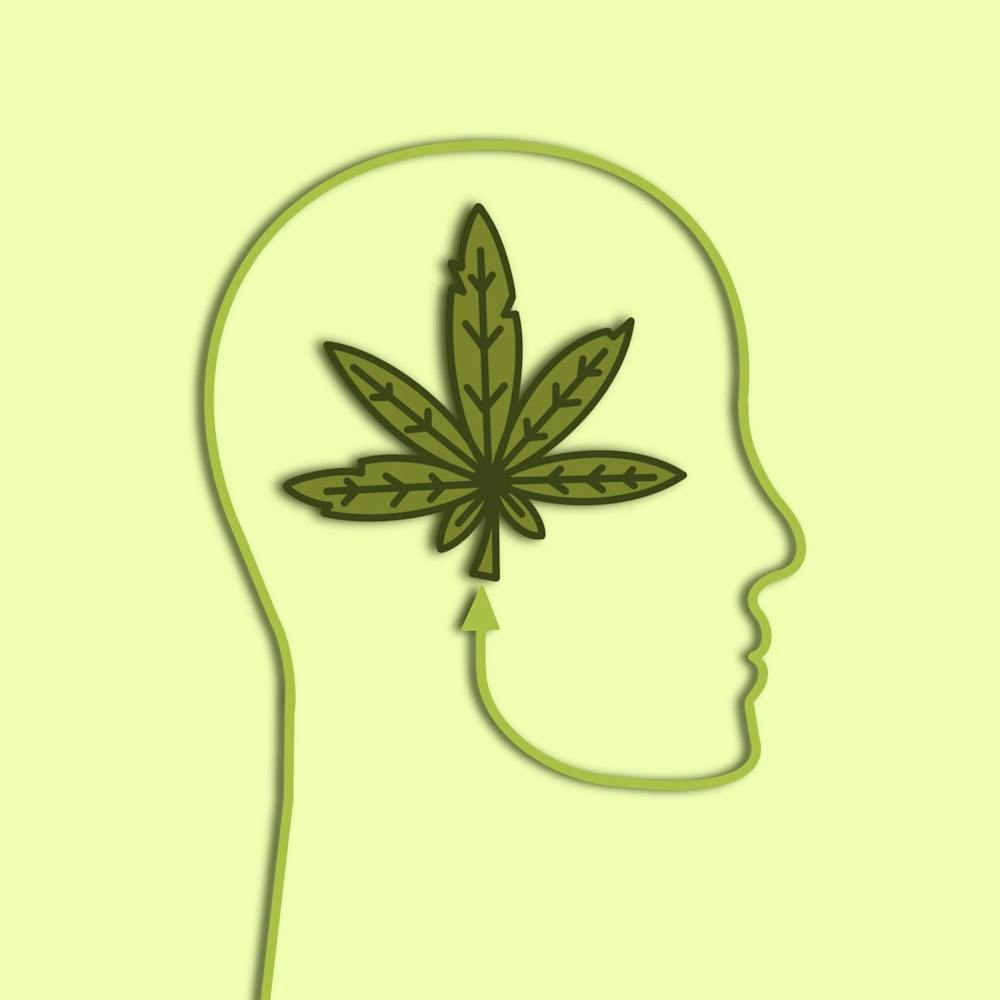As the use of technology in making art has increased, the questions have arisen: Where does technology end and talent begin? Is it still art?
Many of today’s artists — whether their passion is painting, photography, music or another medium — utilize cutting-edge technology in their work. But when anyone with minimum skills using a software program such as Adobe Photoshop can make a piece in a few hours that, at least to unschooled eyes, looks as professional and impressive as a gallery piece, is it art or technology?
Similarly, music-making software such as Sibelius or Finale requires little or no time learning or practicing music for users to compose music as the “knowledge” is built into the program.
Many say these technological wonders are but tools for the artist to use, just as generations of fine art painters used canvas, brushes, pigments, paint, easel and palette. But if the tools become so good that knowledge and artistic talent are no longer needed, is it still art?
Personally, I believe technology simply provides great tools for artists. Art still comes from their minds. As subjective as art is, incredible art is difficult to ignore, and I don’t see where that’s going to change. If, as many believe, artists are born, there will always be an artistic difference between what true artists make versus a skilled technology user. Creativity and genius come from the mind, not the tools being used.
Of course, training and education play a huge part, too. I do not believe that any child, regardless of IQ or gene pool, is born with the ability to draw or paint at a professional level, write a great symphony or design a world-class building. Innate talent must be nurtured and drawn out with education, practice, experimentation, contact with other artists, and personal and professional growth.
Being proficient in using software or other technology doesn’t equate to artistic genius. Some say, “Imagine what da Vinci could have done with today’s technology.” Well, yeah. He was Leonardo da Vinci. His genius would, most likely, have stretched the bounds of the technology (and probably found it lacking).
Several years ago, I visited the Salvador Dalí Museum in St. Petersburg, Fla., and was amazed to experience the transition the artist made from impressionist to masterful still life painter, social commentator, surrealist and classic artist, all before he was 50.
Born in 1904 in the small agricultural town of Figueres, Spain, Dalí attended the San Fernando Academy of Fine Arts in Madrid. At 21, Dalí had his first one-man show in Barcelona, and at 25, in Paris. You don’t do that without a hugely creative mind, innate talent and the training, practice and education to bring it all together. Dali, and those who came before and after, utilized the tools that existed during their lifetimes. The same can be said for artists, today.
In a Jan. 23 article in the Los Angeles Times Home magazine, David Hockney, famed English painter, draughtsman, printmaker, stage designer and photographer is described as experimenting with new ways of making art. The article’s author, Barbara Isenberg, writes: “The art-making medium he’s using most often these days is the iPad, brother to the iPhone, which he took up earlier. Whether he’s lying in bed or driving through snow-covered woods, his ever-ready iPhone and iPad are instant drawing pads, always by his side.”
Isenberg goes on to note that, “Hockney is still painting the colorful canvases that made him famous. But as he simultaneously draws on luminous electronic surfaces and experiments with multi-screen video projections, he is assembling people and resources to take him and his art into the future.”
Says Hockney, “What fascinates me is not just technology but the technology of picture-making. I spend more time painting, of course, but I treat the iPad as a serious tool. The iPad is influencing the paintings now with its boldness and speed.”
In a posting on discovery.com, writer and multimedia journalist, Lu Fong, answers the question, “How is technology changing art?” She writes: “At one point in history, the color blue was bleeding-edge technology. A near impossible pigment to obtain … When artificial pigments burst onto the art scene, suddenly skies were literally bluer and artists were faced with a whole new palette of choice.”
“This is what artists are facing now with the onset of new technology: more tools, more options, and in some cases, whole new ways of stimulating people’s senses.”
Ms. Fong concludes with, “Ultimately, you could easily argue that art is unchanging, that the need to express is ancient and static, … and you’d be right. But whatever the future holds for both technology and art, there’s little doubt that their fates are intrinsically tied.”
And to that I say, “Amen.”
Mike Jenkins is a State News guest columnist and Communications Director for the College of Arts and Letters. Reach him at jenki250@cal.msu.edu.
Support student media!
Please consider donating to The State News and help fund the future of journalism.
Discussion
Share and discuss “Technology’s role in art debatable” on social media.







